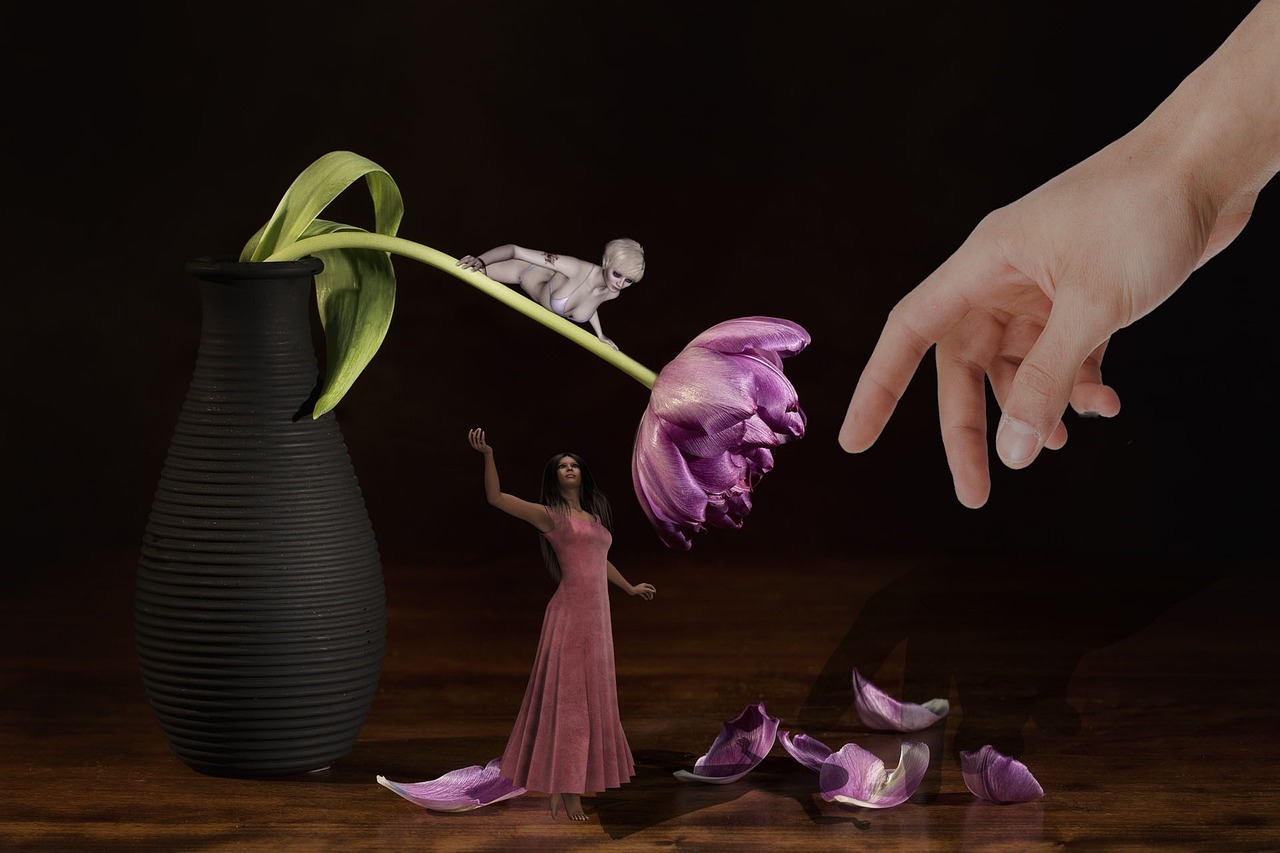Anna Magnani was one of the greatest European actresses of the post war era. Born in Rome, Italy, in 1908 and victim of pancreatic cancer, she died in Rome at the age of 65. She starred in ‘Rome, Open City’ and ‘Mamma Roma’ and was known as ‘Nannarella’. She won an Oscar from Hollywood’s Academy of Motion Picture Arts and Sciences for her performance in ‘The Rose Tattoo’. Her body was laid to rest in a family mausoleum, alongside Roberto Rossellini, who was not only her director of choice, but also the love of her life.
 Rodolfo Santovenia
Rodolfo Santovenia
Jet black hair. Dark shadows under her eyes. Raw emotion. She was like a storm, when irritated, like a whirlwind when she gesticulated. In anger, she was like Mount Etna erupting. For each character, she drew on her own emotions. She didn’t transform characters or portray them.
She used them to express genuine emotions. You can see this just by looking at Anna Magnani (March 1908- September 1973). It is a disturbing gaze, one that is electrifying. It is a look that almost elicits reverent fear. Her eyes tell many stories; ones of love and hate, serenity and torment, happiness and sorrow. At times, they also hint at the enigmatic charm of a new Mona Lisa.
Her gaze could be admired on many occasions. In many of her films, you could see the rage brewing in her eyes; or even feel her serenity.
Through her eyes, we could experience her inconsolable wailing, her unbridled joy, her suffering from deep within.
 All of this could be felt through that penetrating gaze she used so wonderfully to express the infinite array of human emotions. Through her eyes, you were launched into an exciting, yet disturbing journey, where heaven and hell, good and evil joined forces in a fascinating way.
All of this could be felt through that penetrating gaze she used so wonderfully to express the infinite array of human emotions. Through her eyes, you were launched into an exciting, yet disturbing journey, where heaven and hell, good and evil joined forces in a fascinating way.
In the same manner, her unique voice could also be tender: the sweet, desiring voice of a contented wife; a voice frantic with a mother’s worry; or tragic with the echo of catastrophe.
And those hands. They open up like an extension to her soul. Her hands exert the same power as her eyes in expressing serene calm or her almighty inner strength. Nimble and nervous, they hold the treasures of her character: sincerity, sentiment, aggression and love.
Each gesture has an objective, even the slightest quiver in Ana Magnani’s face. Even her wild untamed hair, that couldn’t hide the powerful glint in her eye, was meaningful. This actress does not play scenes: she lives them. Few actresses (and Bette Davis was one of them) could reach the peaks of the sublime so quickly.
 Just a quick, proud move of the head, a streak of lightning in the eyes or an almost unnoticeable movement of her chin is enough to transform her into a palpitating, fiery creature. Like nature unleashed by the wind.
Just a quick, proud move of the head, a streak of lightning in the eyes or an almost unnoticeable movement of her chin is enough to transform her into a palpitating, fiery creature. Like nature unleashed by the wind.
From this moment on, Magnani is in a world of her own. The character she evokes is no more than a pure extension of the woman herself. The viewer is therefore trapped before her, feeling an overwhelming desire to be close to her, to follow every one of her gestures, hang on her every word.
Ana Magnani was the incarnation of the Mediterranean woman. She was fiery and feisty; passionate and generous. She grew up in the streets, and went to school in the slums. She rejected movie-star glamour as a mark of the reality in her performances.
Magnani taught the cinema how to be unglamorous. She was the atypical film star. Or more so, the hazy reflection of a star. A dynamic woman with a crowning glory.
 When she starred in ‘Roma, Open City’ by Roberto Rossellini, she was unlike an actress, but more like a woman off the street who had jumped onto the big screen.
When she starred in ‘Roma, Open City’ by Roberto Rossellini, she was unlike an actress, but more like a woman off the street who had jumped onto the big screen.
This may explain what happened when Ana Magnani departed the land of the living.
In his visible distress, Roberto Rossellini – involved with the actress for years – snatched the brushes, lipstick and powder from a make-up artist who, at the family’s request, was about to revive the inanimate face of the diva, in the vain hope of salvaging something that had already gone, a mere shadow of an image that could be projected. Some historians on neorealist cinema continue to say that Magnani came first, then Sofia Loren. If Sofia gave ‘body’ to her films, then Ana certainly gave them a face. PL.
(Translated by Rebecca Beswick – Email: rebecca@scribe-languages.co.uk) – Photos: Pixabay












.jpg)












